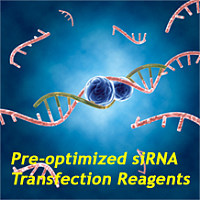In Vivo Electrophysiological Techniques in the Study of Peptidergic Neurons and Actions
互联网
701
The past decade has witnessed an ever-increasing understanding of the involvement of peptides in diverse physiological functions, including the perception of pain, regulation of the enteric and autonomic nervous systems, body temperature control, and memory retention. Over the same time period, our understanding of the role of peptides in the control of endocrine physiology has been greatly advanced using a combination of anatomical, biochemical, pharmacological, and physiological techniques. There is now considerable evidence to suggest that, in addition to their classical endocrine effects, many peptides may also act as neurotransmitters in transferring neuronal information from a pre- to an adjacent postsynaptic membrane (Kuffler et al., 1984 ). Recent studies (Tramu et al., 1983 ; Kiss et al., 1984 ; Sawchenko et al., 1984 ) demonstrating that more than one peptide may be contained within a single neuron, and that single neurons may preferentially modify immunological characteristics in favor of one peptide over another in response to relevant physiological stimuli, indicate an intriguing complexity in the coordinated physiological functions of these biologically active substances.








